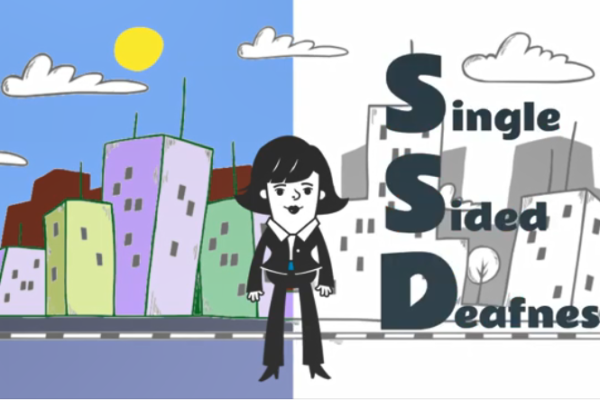Single sided deafness research

By Roulla Katiri
Research into treatments for single-sided deafness or SSD (severe-to-profound hearing loss in just one ear) has increased a lot in recent years, which is good news! But different researchers on different studies often measure different effects, or outcomes, of a treatment.
Examples of outcomes measured in previous SSD studies have included how well you can hear speech above noise, how easily you can locate a sound, or how a device affects your quality of life. Using different outcomes makes it difficult to compare results between studies, making it harder to work out which treatment is best for the individual.
The Core Rehabilitation Outcome Set for Single Sided Deafness (CROSSSD) study worked with key stakeholders to agree which outcomes are most important and should always be measured when evaluating treatments for SSD.
“It was an honour to represent the healthcare user and to be involved in the making of important decisions that will shape the future of SSD research” (Carly, healthcare user with SSD due to sudden onset hearing loss)
Three hundred and eight participants from 29 countries completed online surveys to share what outcomes they felt were important to measure. From this, a short list of 17 outcomes was discussed in depth with international key stakeholders during an online interactive consensus meeting.
“I was a little apprehensive about taking part in such a conference for the first time, but it went much better for me than I expected. It was fascinating for me to hear about other patients’ experiences” (Chris, healthcare user with SSD due to acoustic neuroma)
Three core outcomes were recommended to be measured, as a minimum, in all future SSD treatment studies:-
1. Spatial orientation (knowing where you are in relation to the position of a sound source)
2. Group conversations in noisy social situations (listening and following a conversation between a group of people, when others are talking in the background)
3. Impact on social situations (your hearing loss or device limiting your ability to fully participate in the social world).
Work is now underway to decide how we can best measure these core outcomes.
“Through extensive research and discussions with my medical team, I had determined this intervention provided the best chance for improving my hearing and quality of life” (Sam, healthcare user with SSD due to sudden onset hearing loss)
If all future studies measure these core outcomes, we can more easily compare results and accelerate our understanding of which treatments are ideal and for whom.
For more information visit our website, follow us on Twitter or send us an email.